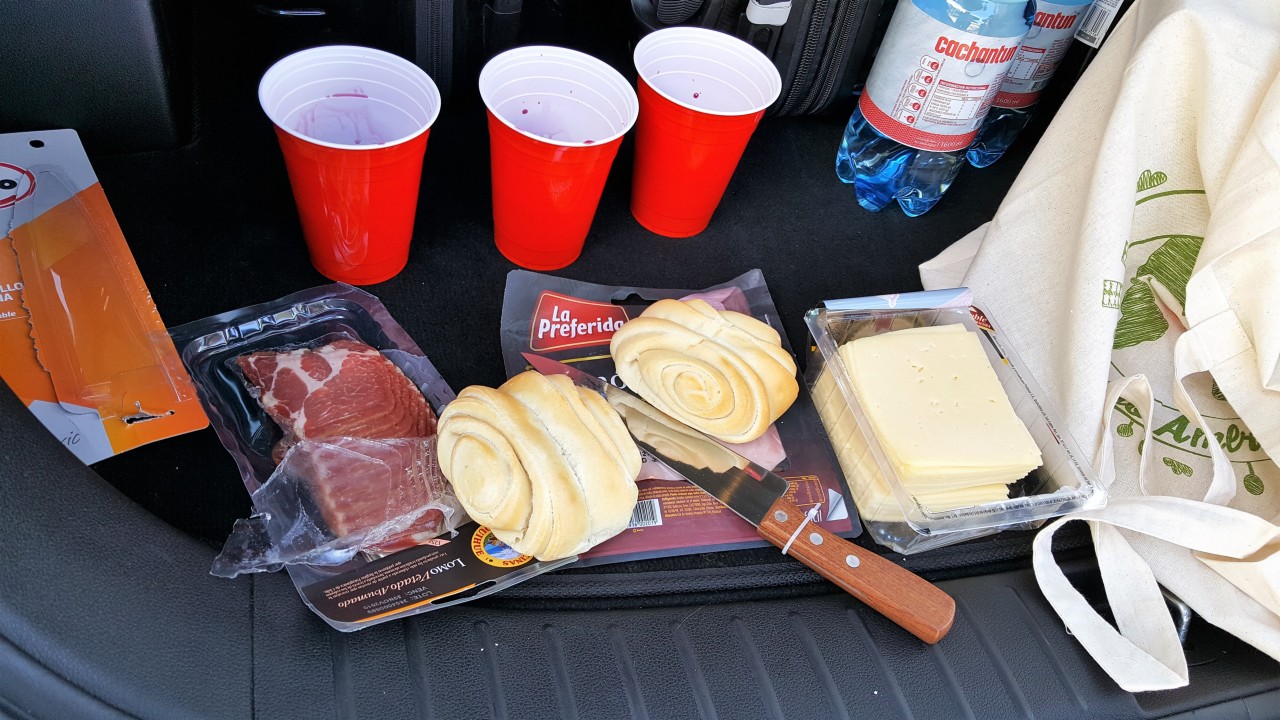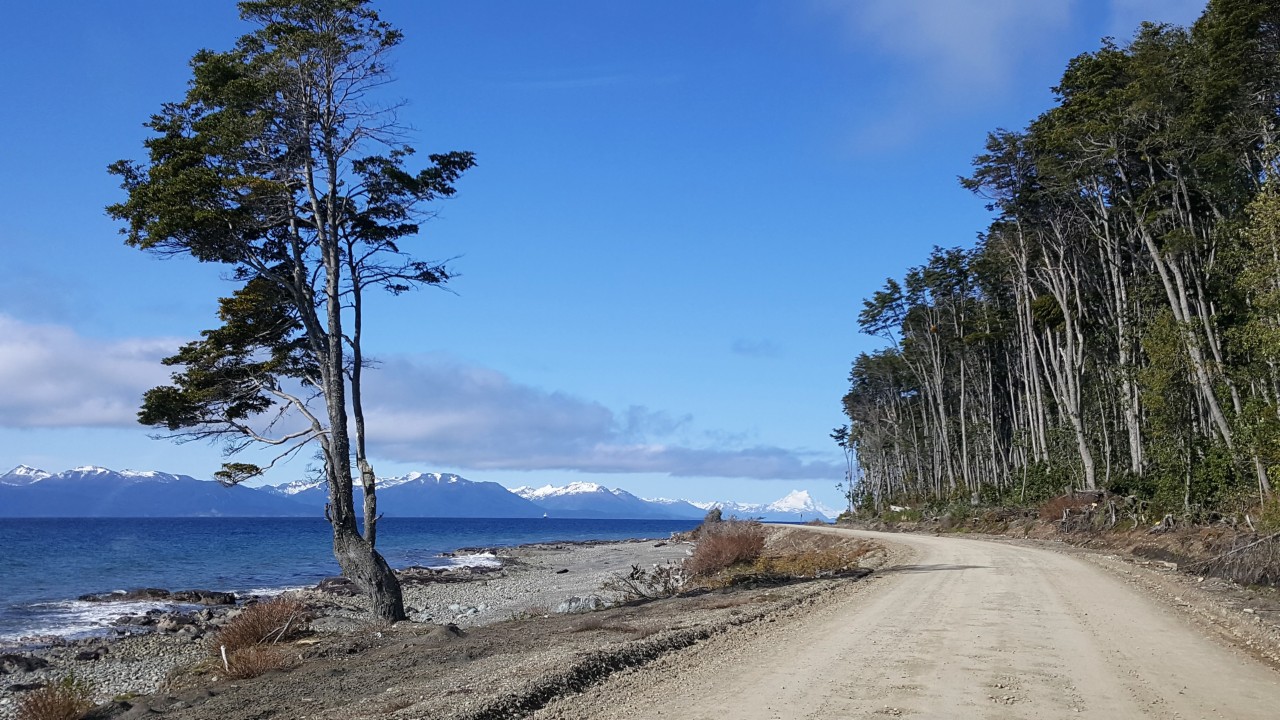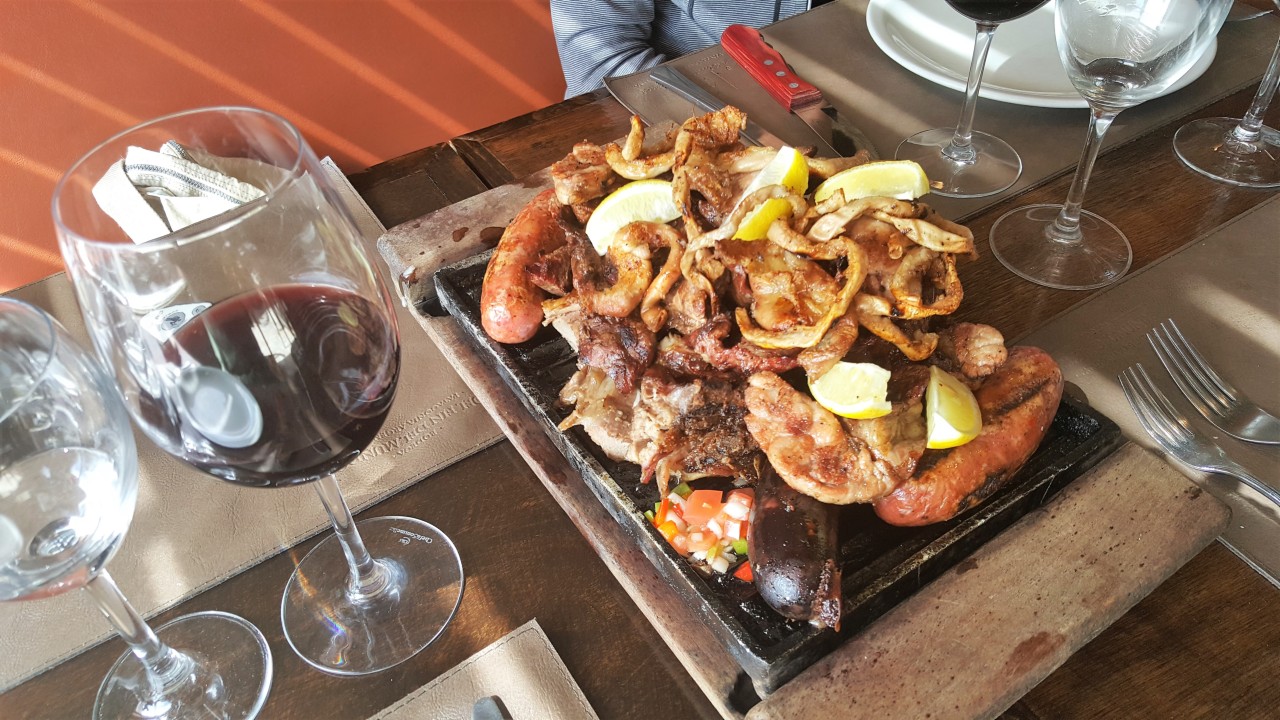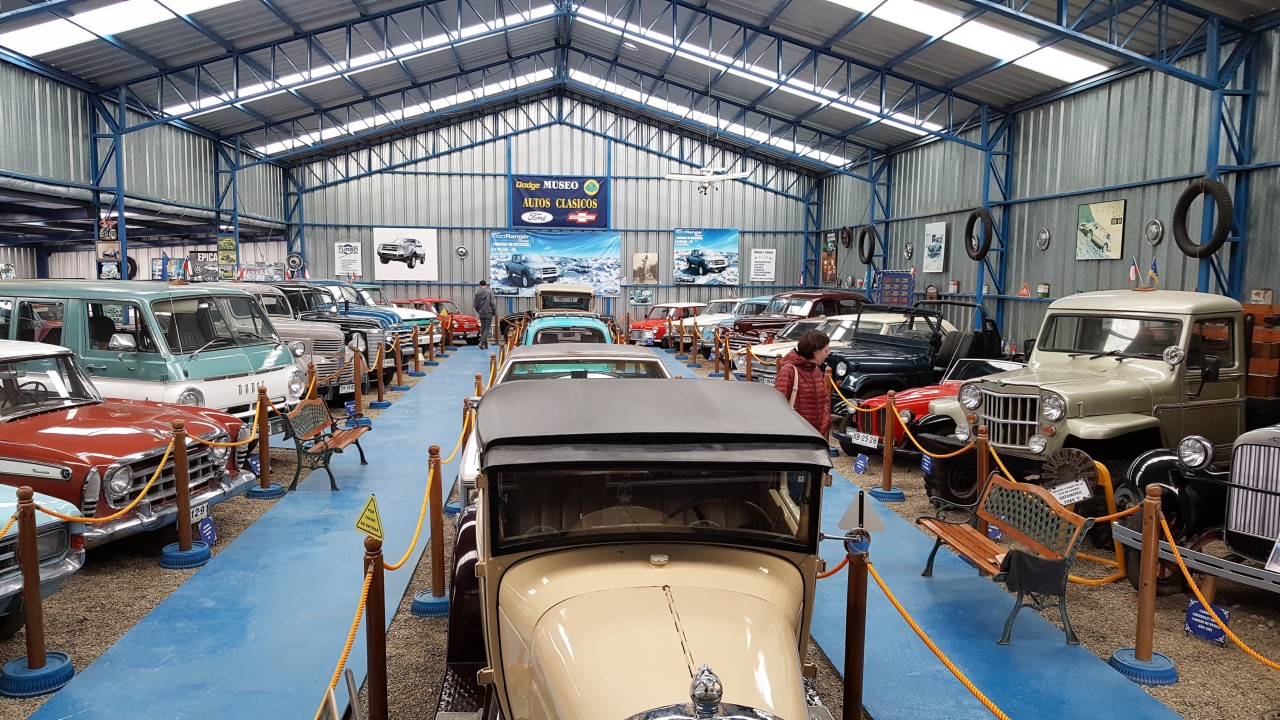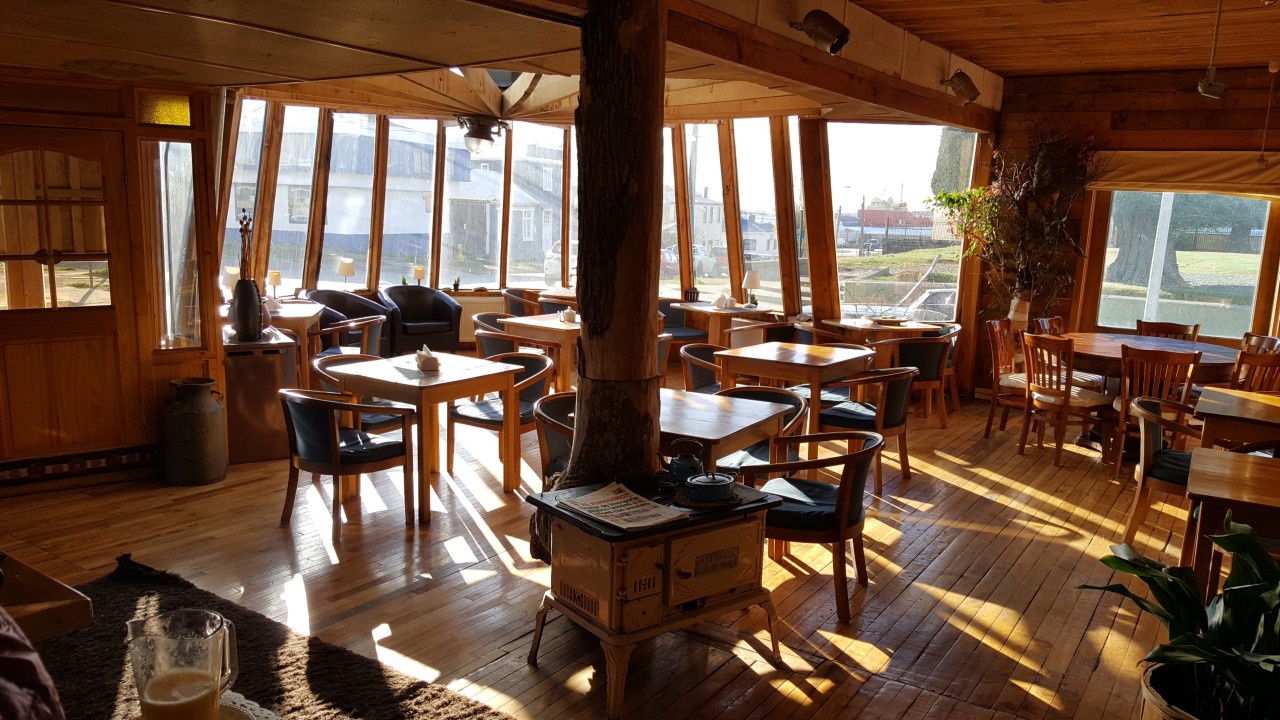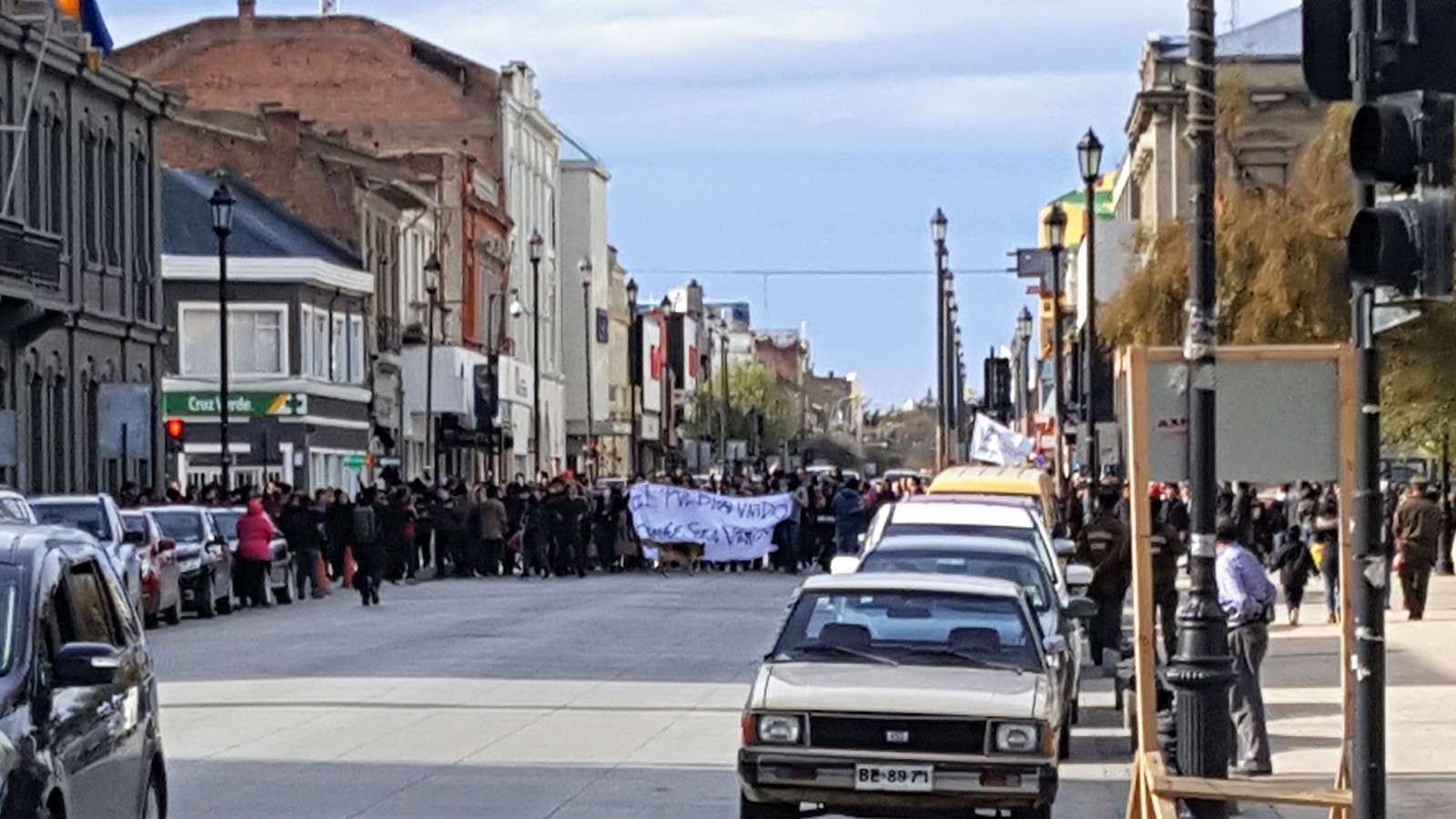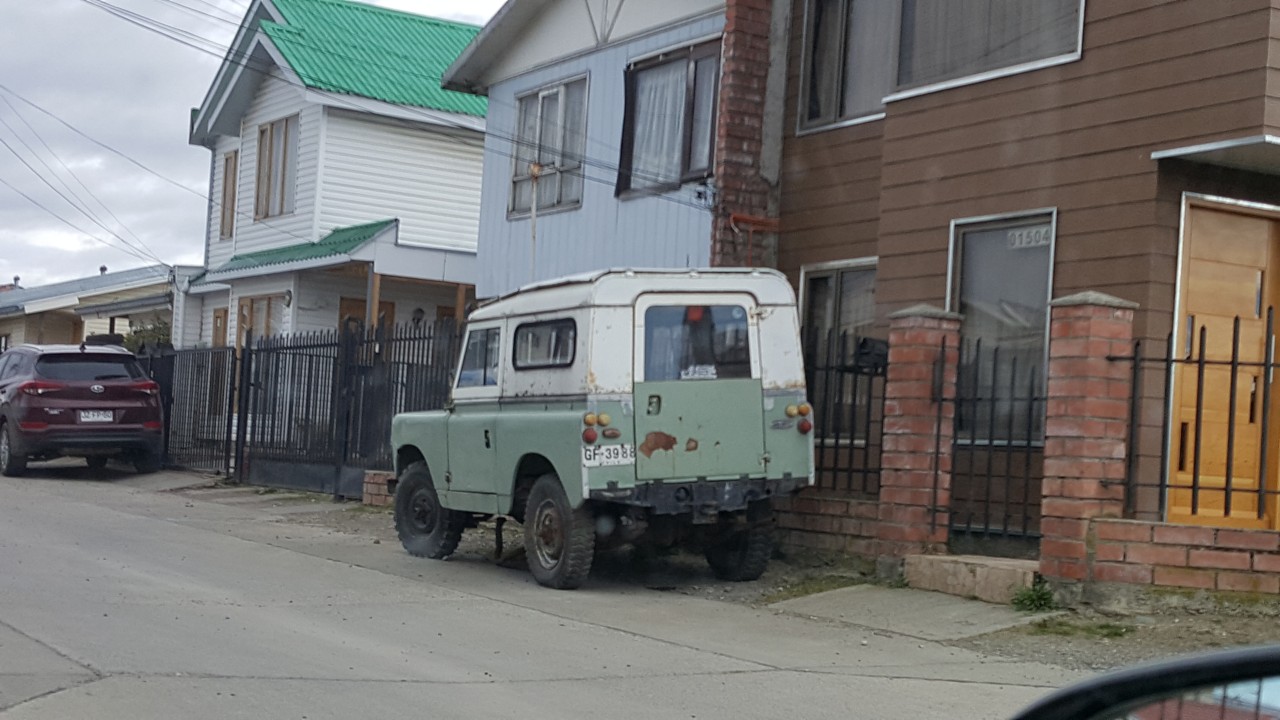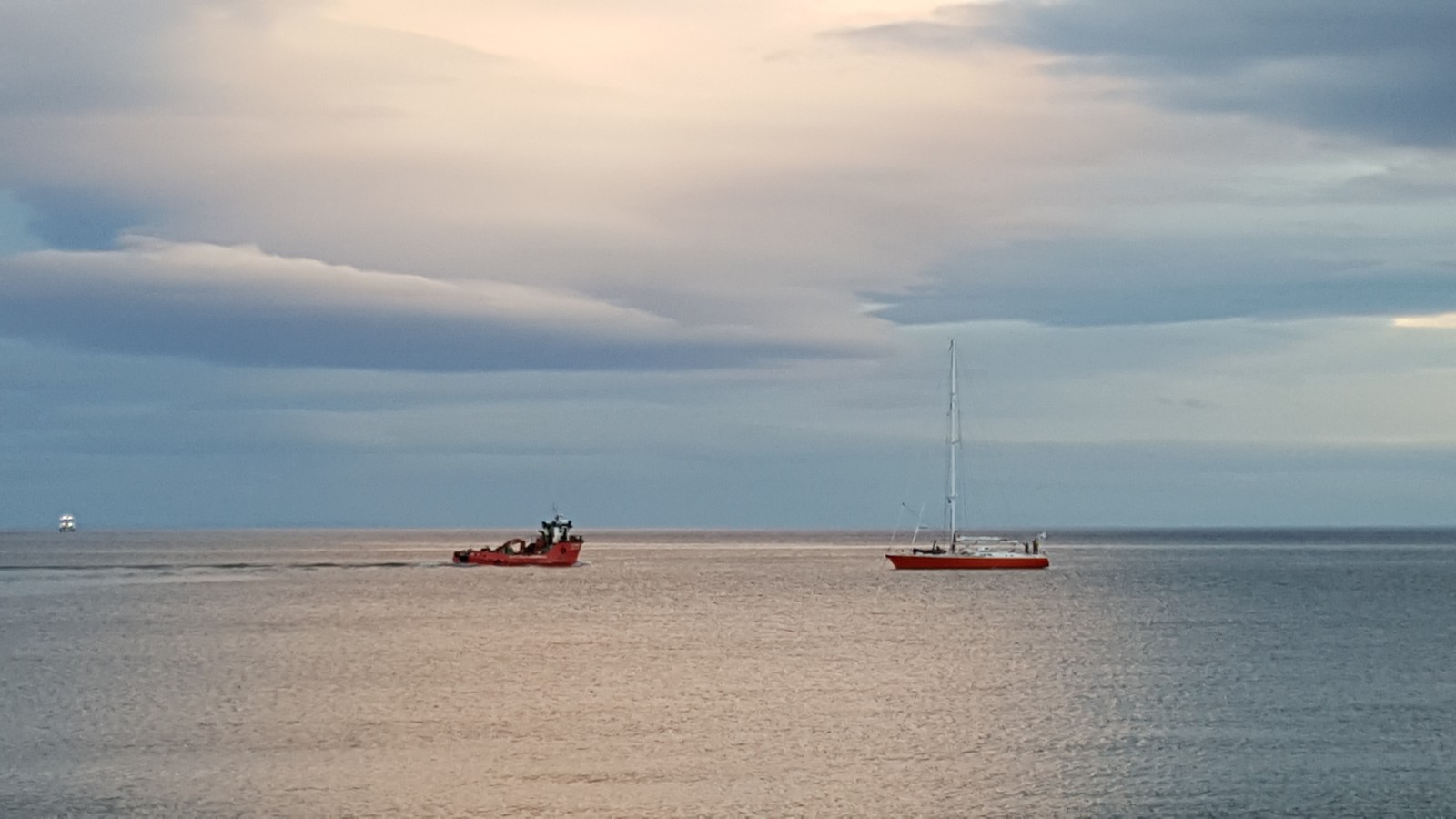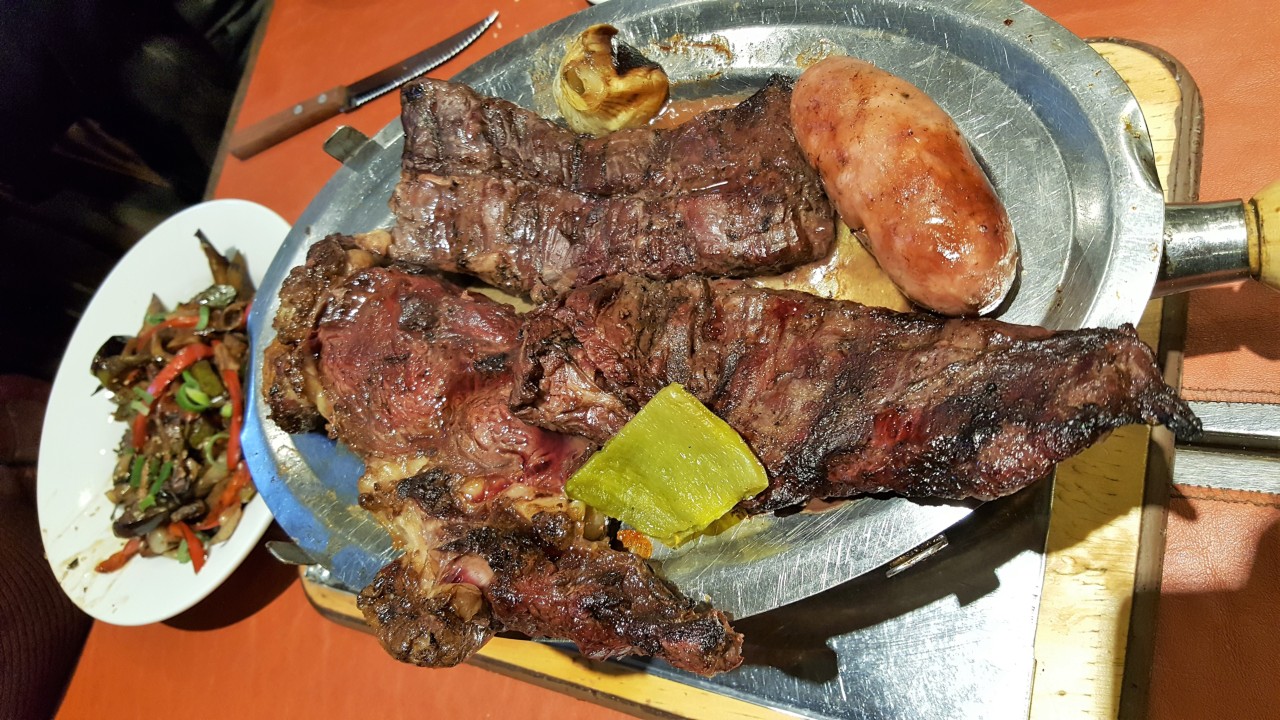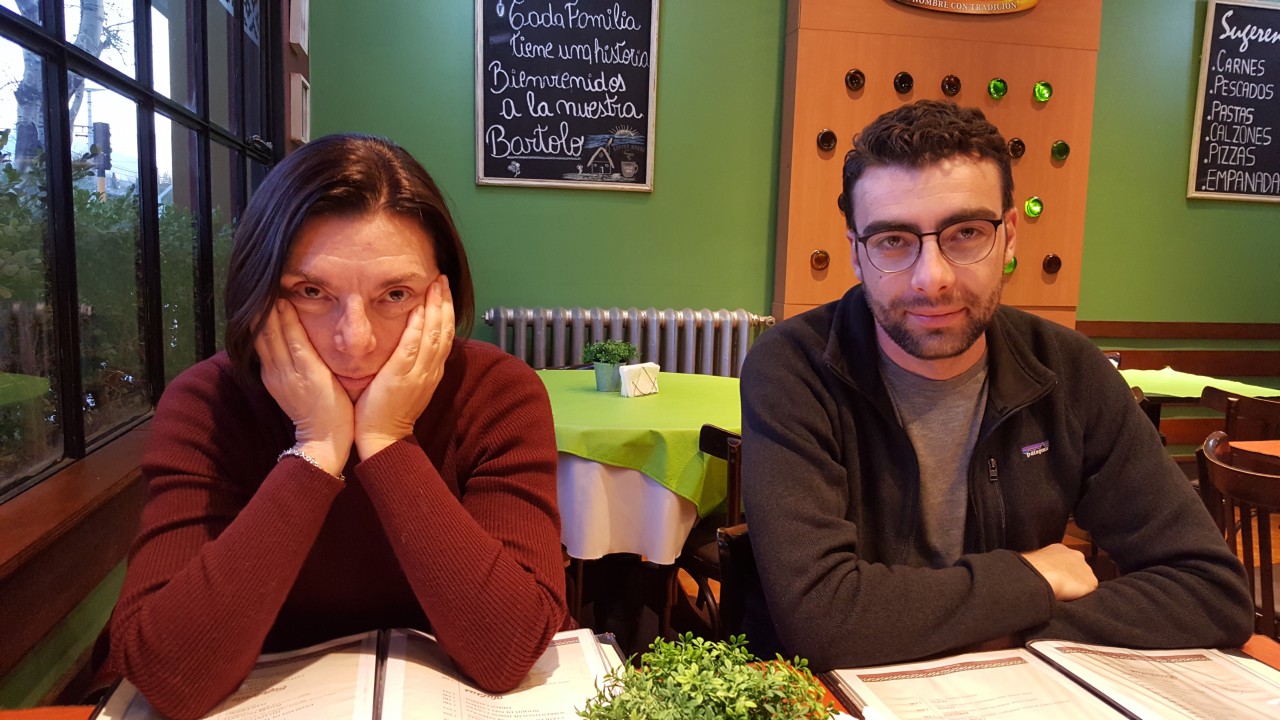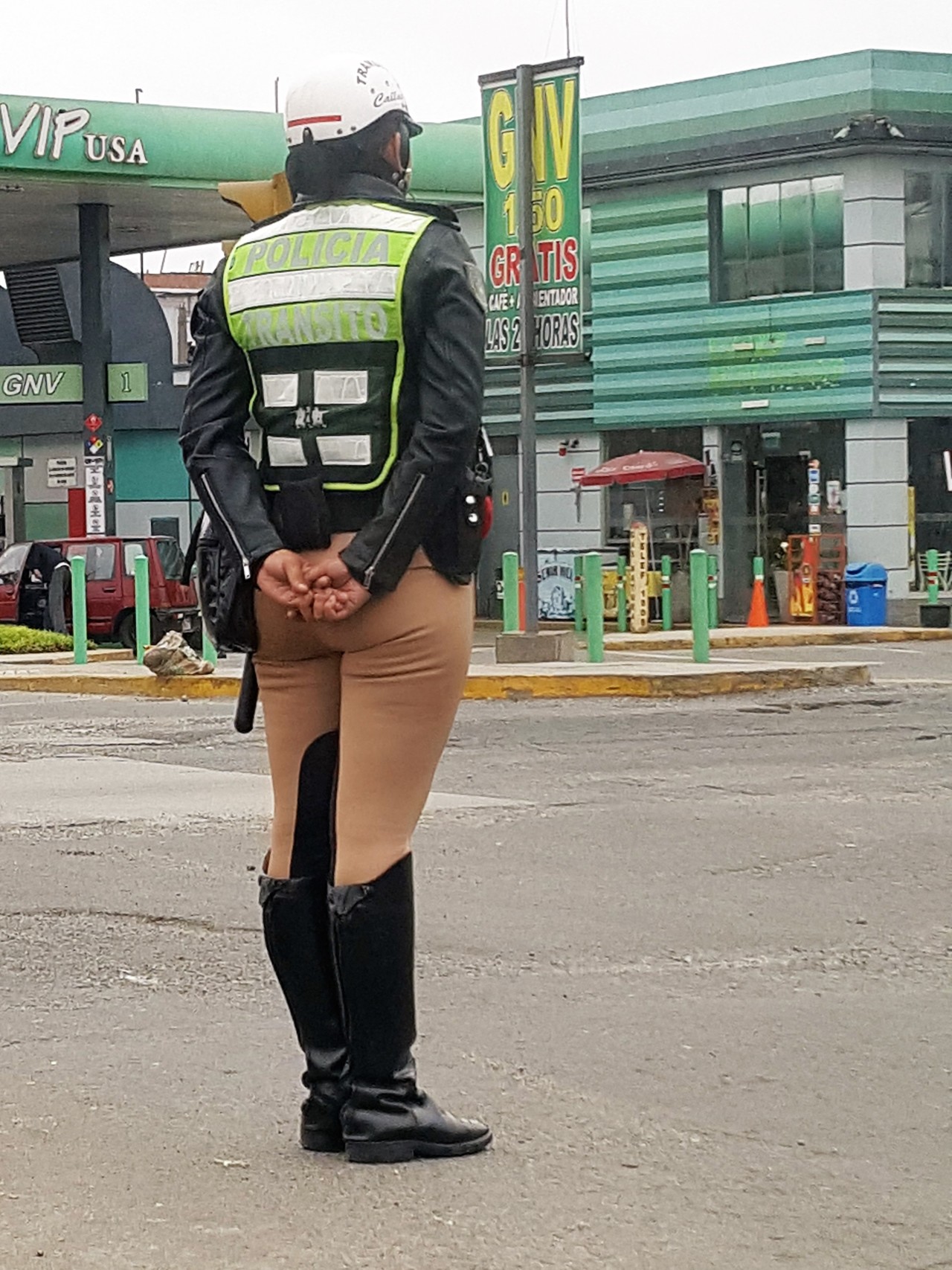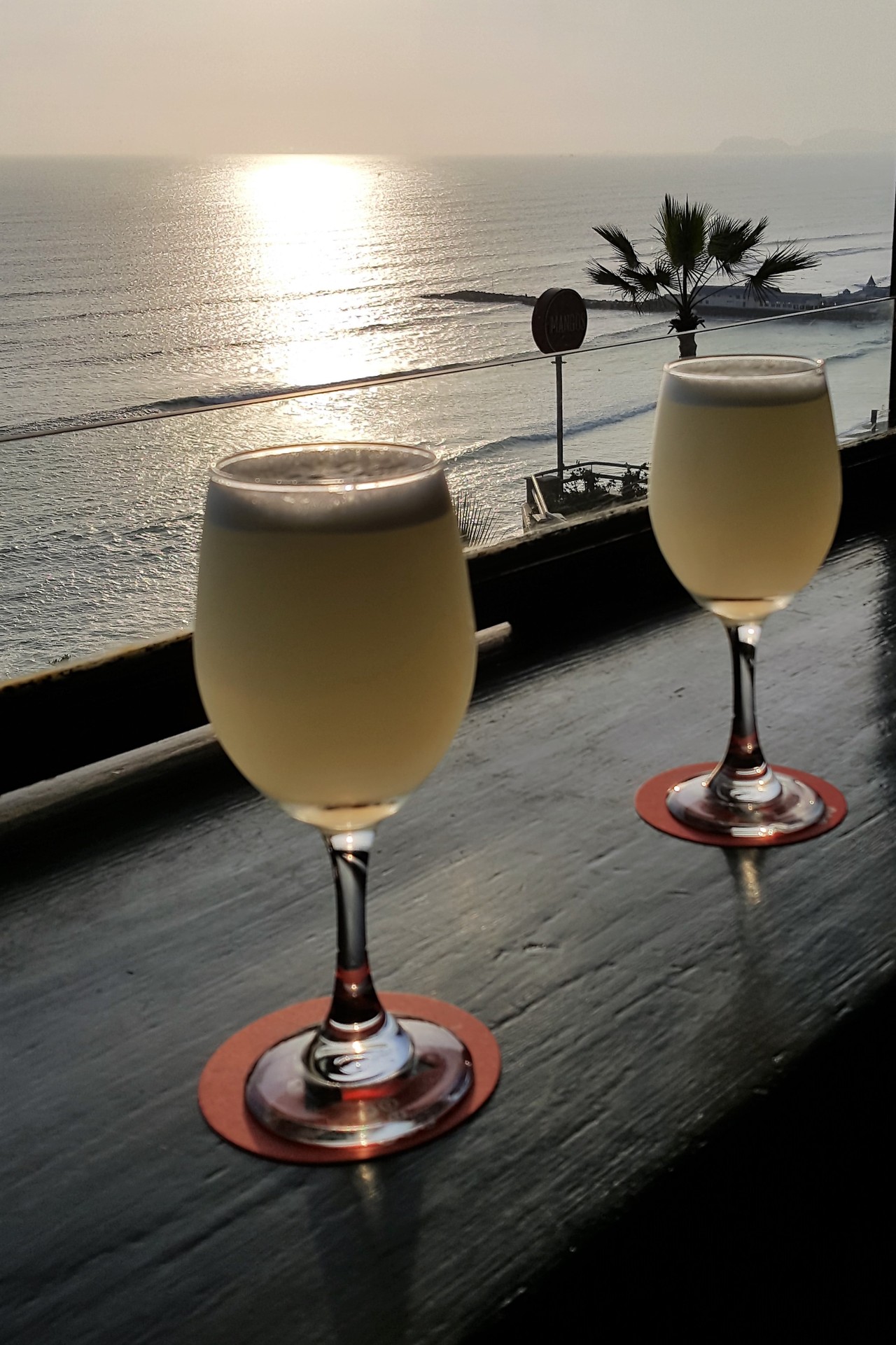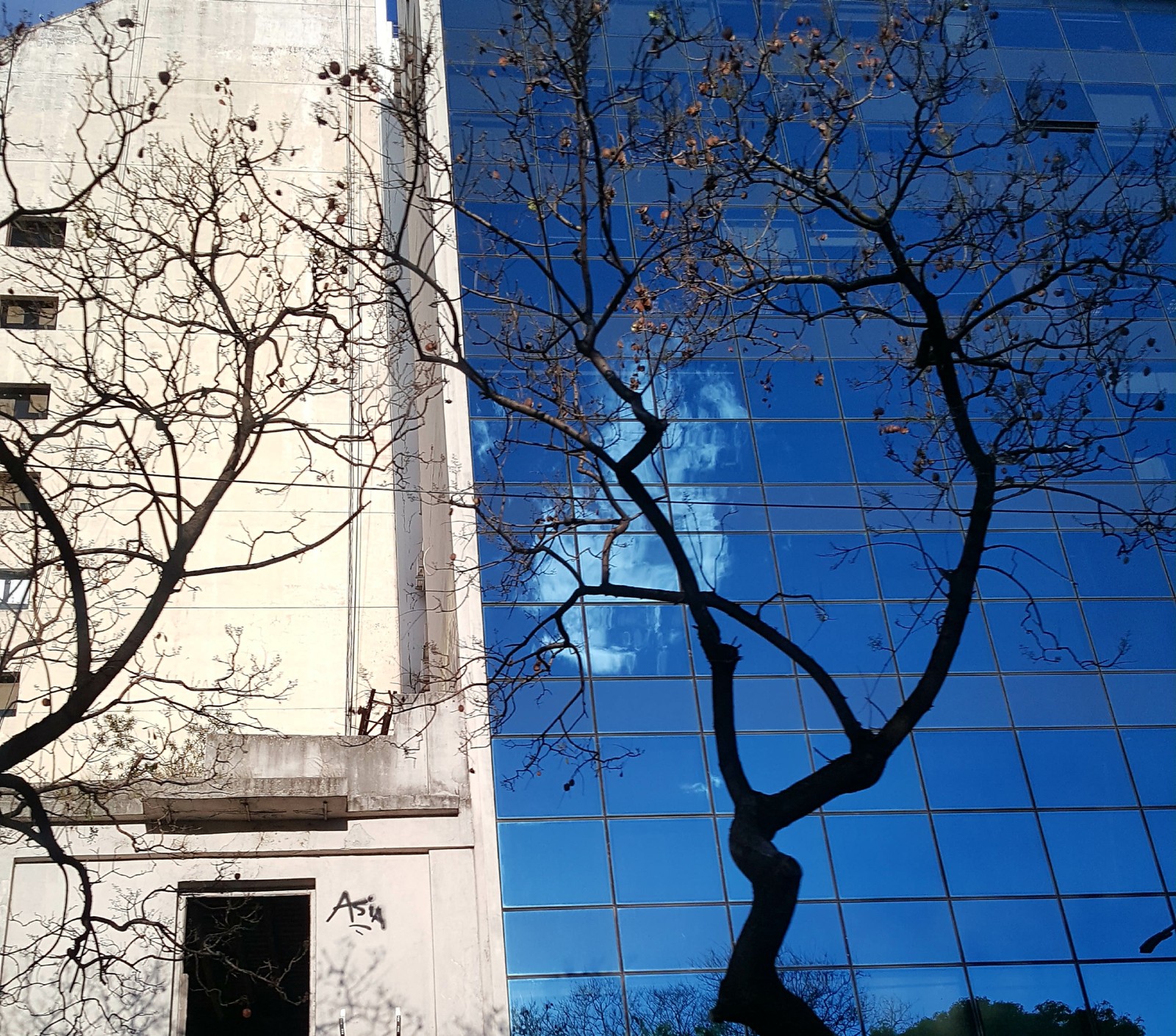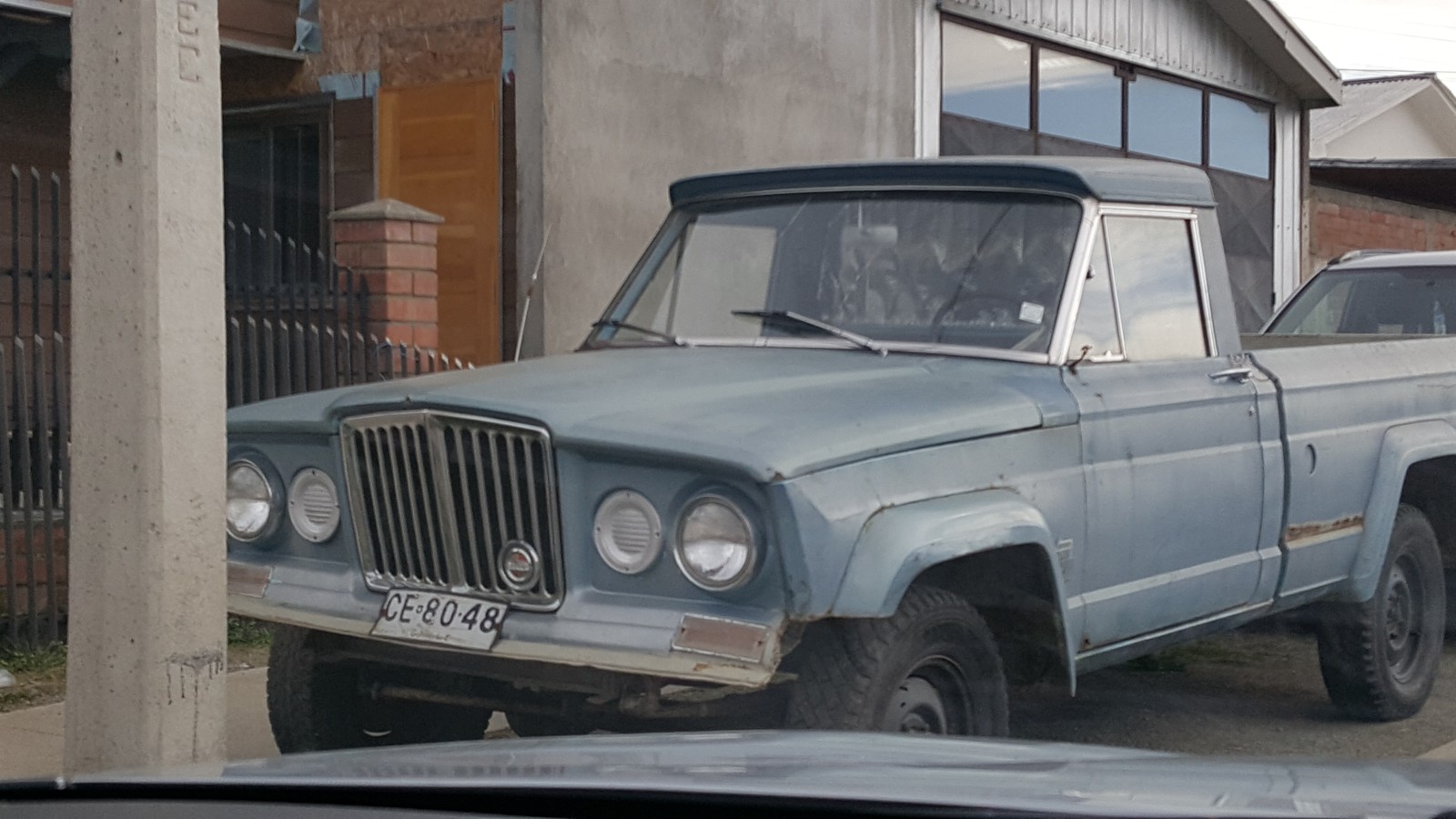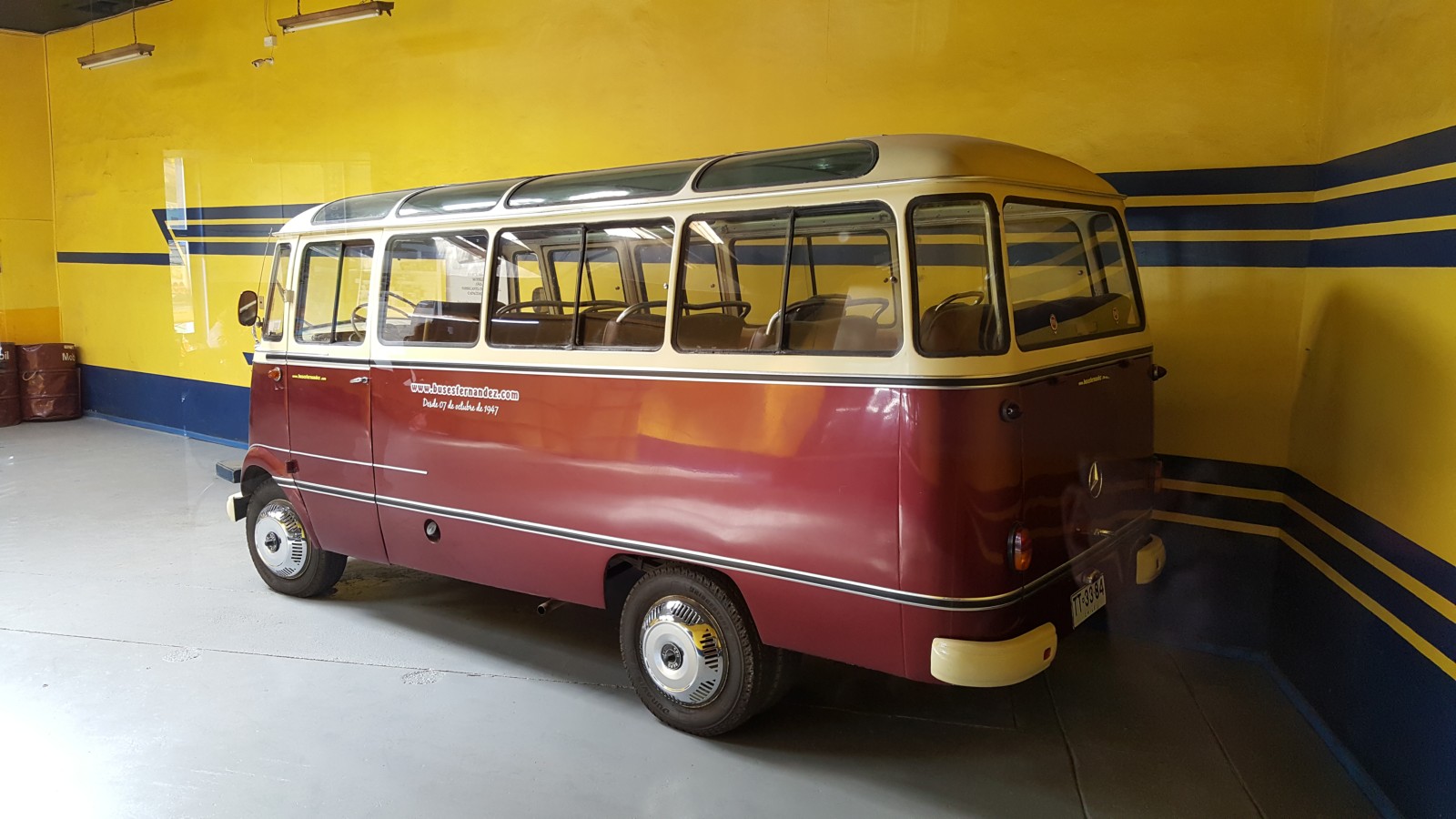pmatusov
AK6PM
It isn't like we have unity in the family as far as picking the travel destinations. Even if we agree on a country, then we'll have to sort out preferences in cities, ways to get there, days to spend, you name it.
This one began as "Let's fly to South America for a week."
- Yes! Let's fly to Buenos Aires and drive to Mendoza.
- No, we've been to Buenos Aires already...
- Let's fly to Lima and take a train to Huancayo!
- You've been to Peru already. Let's go to Chile.
- Awesome, let's go to Atacama Desert!
- You spend enough time in the desert as it is. ******** Atacama. Let's go to Santiago.
- What's in Santiago?
- Okay, we'll go to Patagonia, and then to Santiago.
Some quality time is spent online, and fingering the friends and relatives for advice. Itinerary roughly hammered out, with a few loose days built in (after all, we're going far, right?), most airplane tickets purchased and AirBnB rooms booked. Oh yeah, we'll need a rental car, too. Make it a 4x4, 'cause it may rain or whatnot.
Fast forward.
A day before the trip we find out that in our booking frenzy we missed the fact that we arrive on the next calendar day. Oops. Adjusting the plans accordingly.
Day One: Flying to Punta Arenas
Our flight is from Los Angeles, a quarter to four in the afternoon. Since we (some of us, at least) are staunchly pro-train travelers and LAX Parking Lot C deniers, we get up at six in the morning, so we can get out of the house by 8 to make a 9am train to LA Union Station.
Three hours before the flight. We're already at the terminal, and running out of things to eat, drink, or do. Missing wardrobe entries are procured at the tax-free shop. Laptop and cell phone batteries topped off to the gills.
We exhaust our entertainment options about 2 hours before the end of the 10.5-hour flight, which doesn't leave us much sleep. Enjoy the glimpse of a foggy sunrise in Santiago, just to kill another couple of hours before a flight to Punta Arenas.
LATAM rounds up two flights into one, and issues a Boeing 787 for a quick 4-hour hop. Yuri gets a port-side rear-most ************** seat, which ends up to be the most-popular place on the plane as it flies over Chilean and Argentinian Patagonia Landmarks.
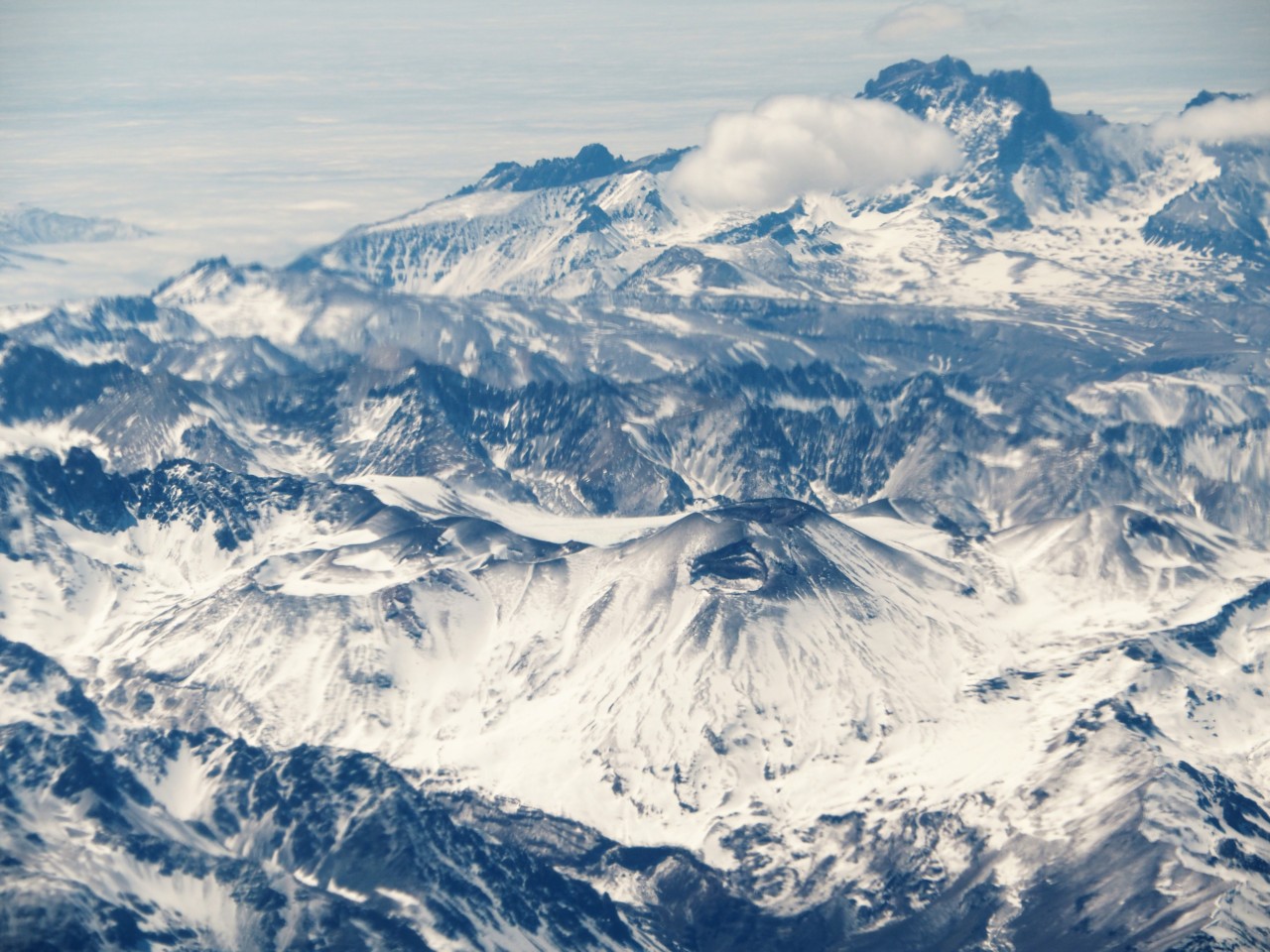
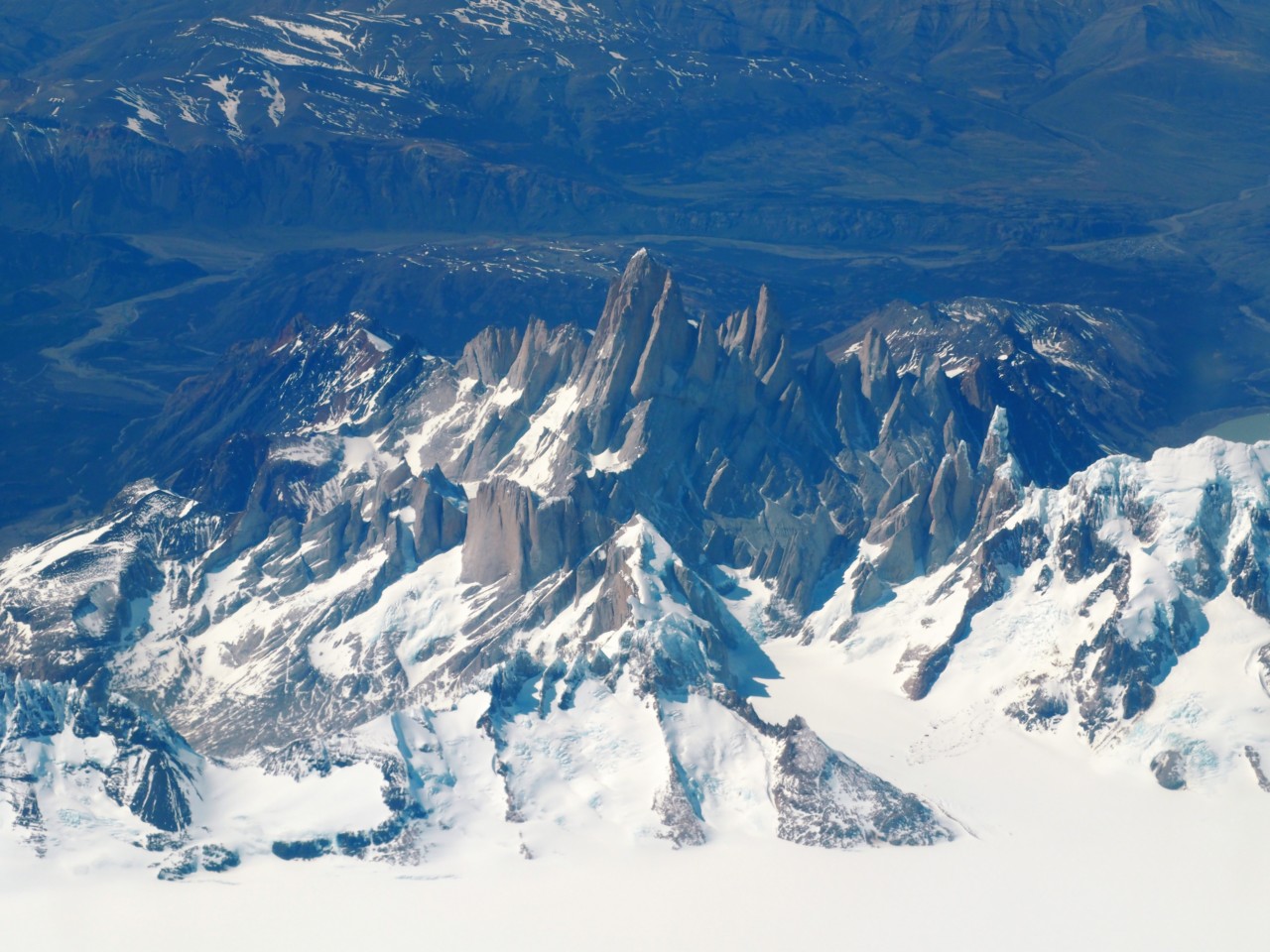
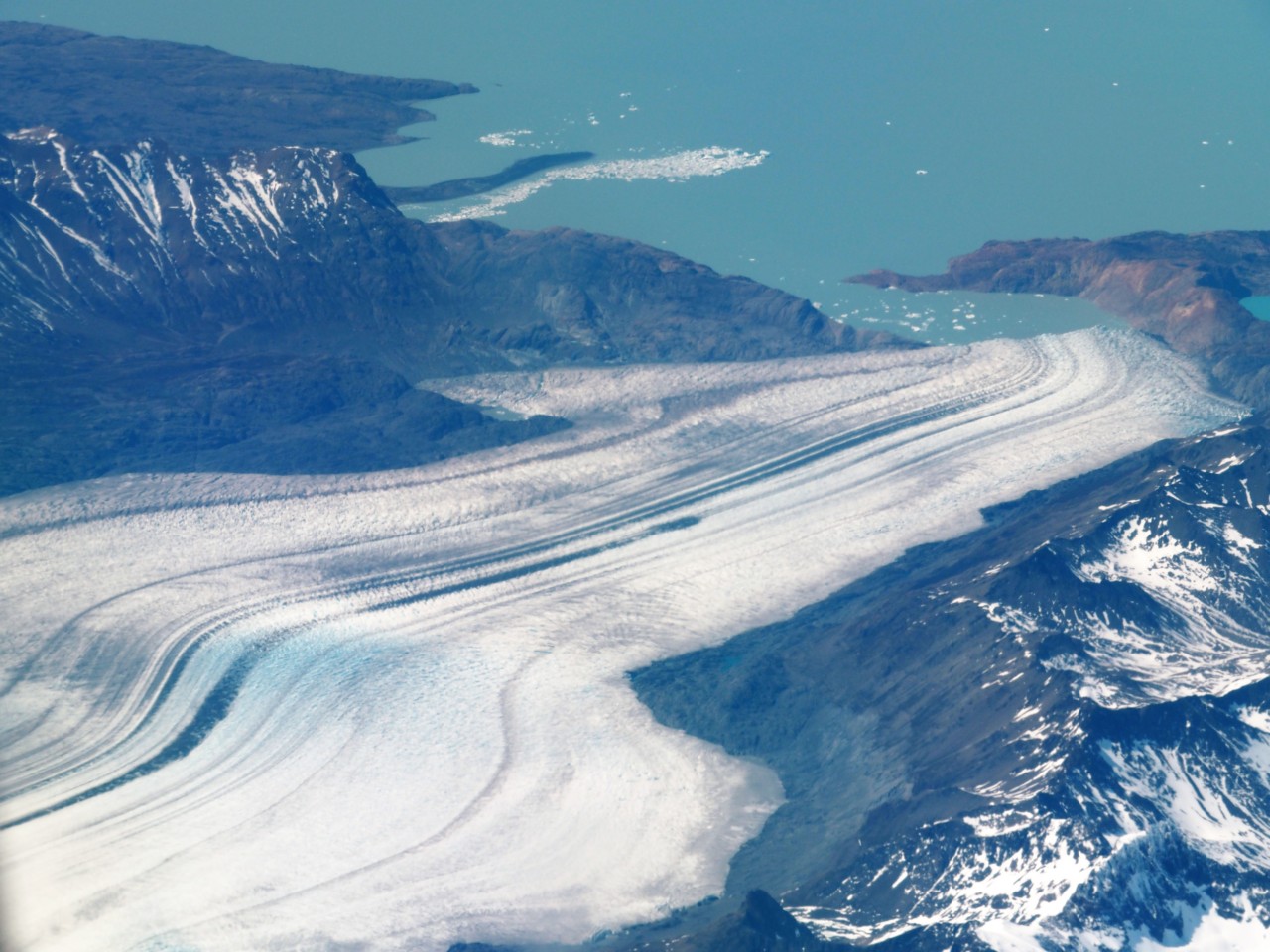

We get to see (and take pictures of) Fitz Roy, Perito Moreno Glacier, Torres Del Paine, and a bunch of other goodies that we don't know.
Soon, the full 787 rolls to a stop by Punta Arenas' three-gate terminal. Twenty minutes later, we're looking at the Strait of Magellan on our taxi ride to town.
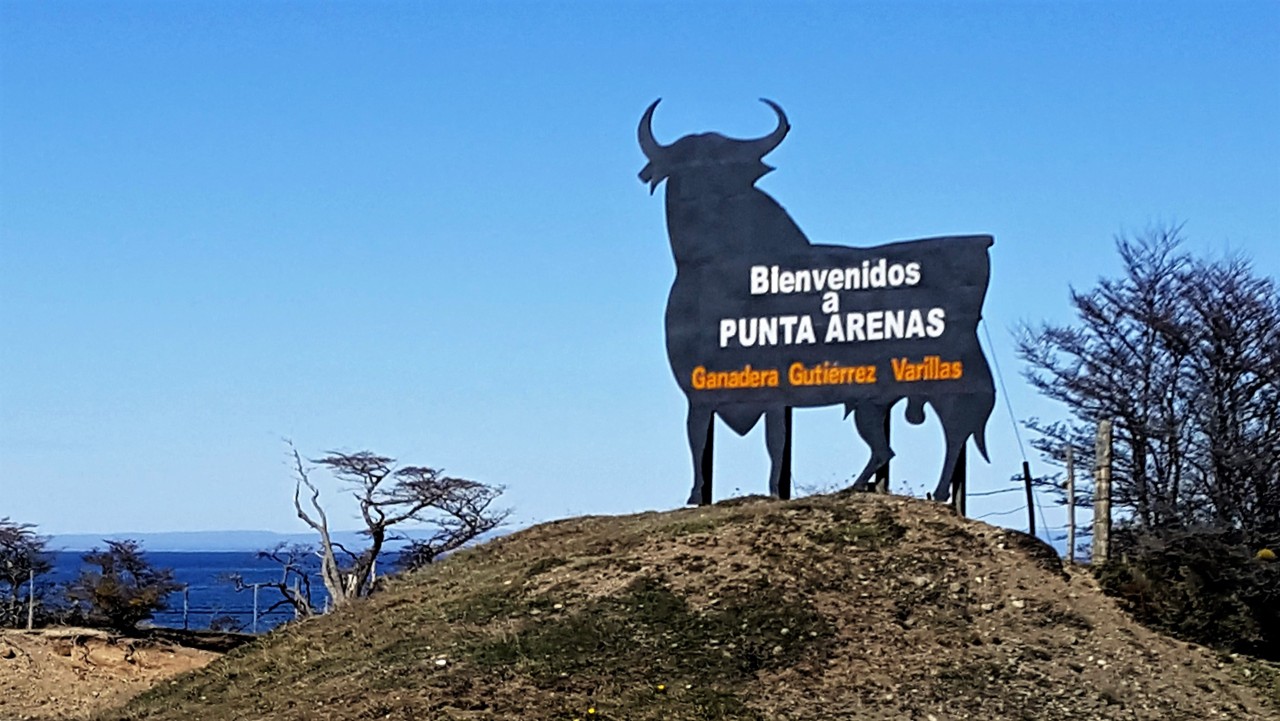
We check into our hotel - Best Western, of all things, but aptly named "Hotel Finis Terrae."
Very fittingly, it is located a block from the intersection of Avenida de Cristóbal Colón and Hernando de Magallanes.
It is a little too early for dinner, so we enjoy our first Chilean Pisco sours. I like mine, but can't quite figure out if I forgot what a good pisco sour is or it is really not that super. No biggie.
By the time we hit the hay we've been without good sleep for about 40 hours.
* * *
This one began as "Let's fly to South America for a week."
- Yes! Let's fly to Buenos Aires and drive to Mendoza.
- No, we've been to Buenos Aires already...
- Let's fly to Lima and take a train to Huancayo!
- You've been to Peru already. Let's go to Chile.
- Awesome, let's go to Atacama Desert!
- You spend enough time in the desert as it is. ******** Atacama. Let's go to Santiago.
- What's in Santiago?
- Okay, we'll go to Patagonia, and then to Santiago.
Some quality time is spent online, and fingering the friends and relatives for advice. Itinerary roughly hammered out, with a few loose days built in (after all, we're going far, right?), most airplane tickets purchased and AirBnB rooms booked. Oh yeah, we'll need a rental car, too. Make it a 4x4, 'cause it may rain or whatnot.
Fast forward.
A day before the trip we find out that in our booking frenzy we missed the fact that we arrive on the next calendar day. Oops. Adjusting the plans accordingly.
Day One: Flying to Punta Arenas
Our flight is from Los Angeles, a quarter to four in the afternoon. Since we (some of us, at least) are staunchly pro-train travelers and LAX Parking Lot C deniers, we get up at six in the morning, so we can get out of the house by 8 to make a 9am train to LA Union Station.
Three hours before the flight. We're already at the terminal, and running out of things to eat, drink, or do. Missing wardrobe entries are procured at the tax-free shop. Laptop and cell phone batteries topped off to the gills.
We exhaust our entertainment options about 2 hours before the end of the 10.5-hour flight, which doesn't leave us much sleep. Enjoy the glimpse of a foggy sunrise in Santiago, just to kill another couple of hours before a flight to Punta Arenas.
LATAM rounds up two flights into one, and issues a Boeing 787 for a quick 4-hour hop. Yuri gets a port-side rear-most ************** seat, which ends up to be the most-popular place on the plane as it flies over Chilean and Argentinian Patagonia Landmarks.
We get to see (and take pictures of) Fitz Roy, Perito Moreno Glacier, Torres Del Paine, and a bunch of other goodies that we don't know.
Soon, the full 787 rolls to a stop by Punta Arenas' three-gate terminal. Twenty minutes later, we're looking at the Strait of Magellan on our taxi ride to town.

We check into our hotel - Best Western, of all things, but aptly named "Hotel Finis Terrae."
Very fittingly, it is located a block from the intersection of Avenida de Cristóbal Colón and Hernando de Magallanes.
It is a little too early for dinner, so we enjoy our first Chilean Pisco sours. I like mine, but can't quite figure out if I forgot what a good pisco sour is or it is really not that super. No biggie.
By the time we hit the hay we've been without good sleep for about 40 hours.
* * *

